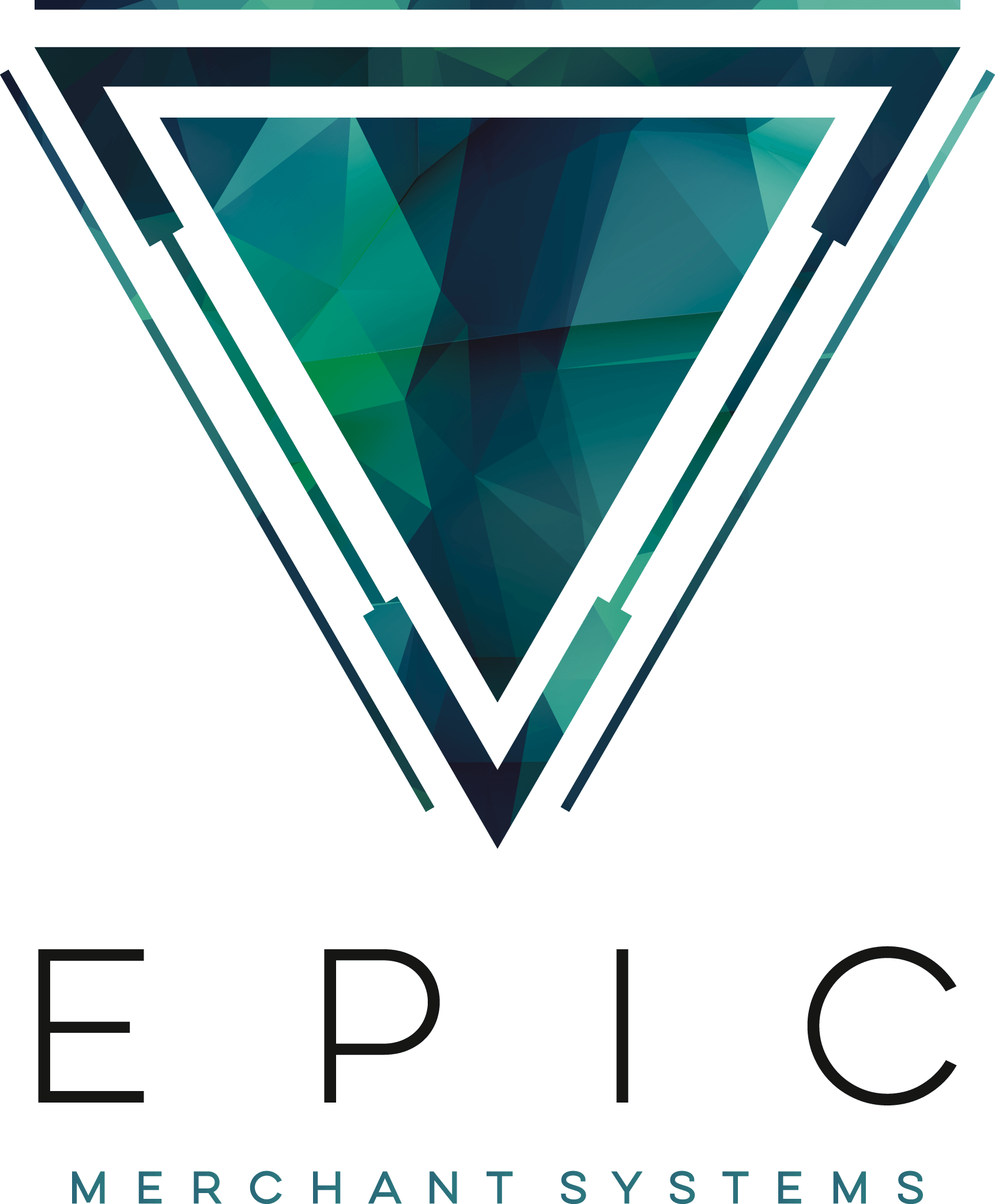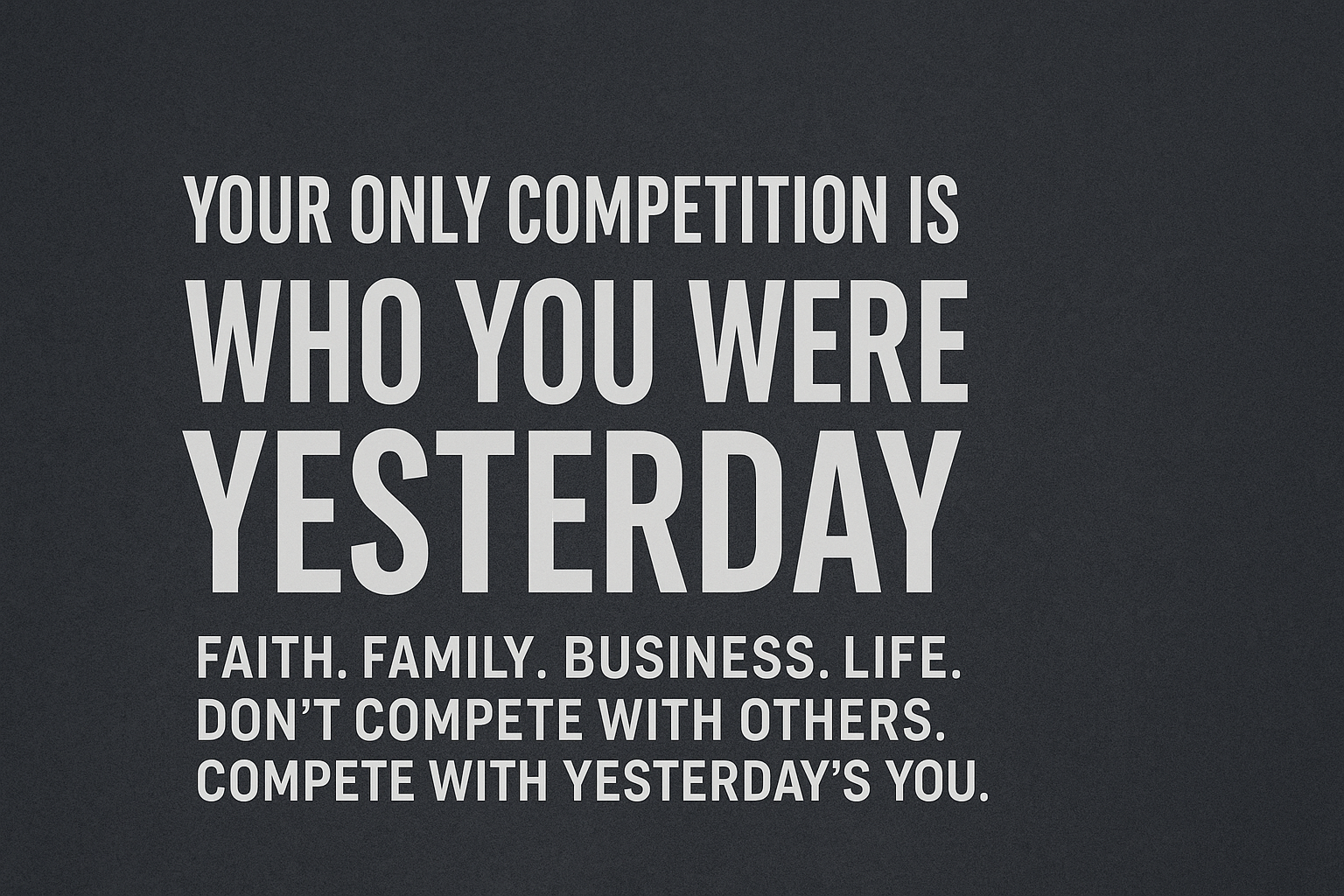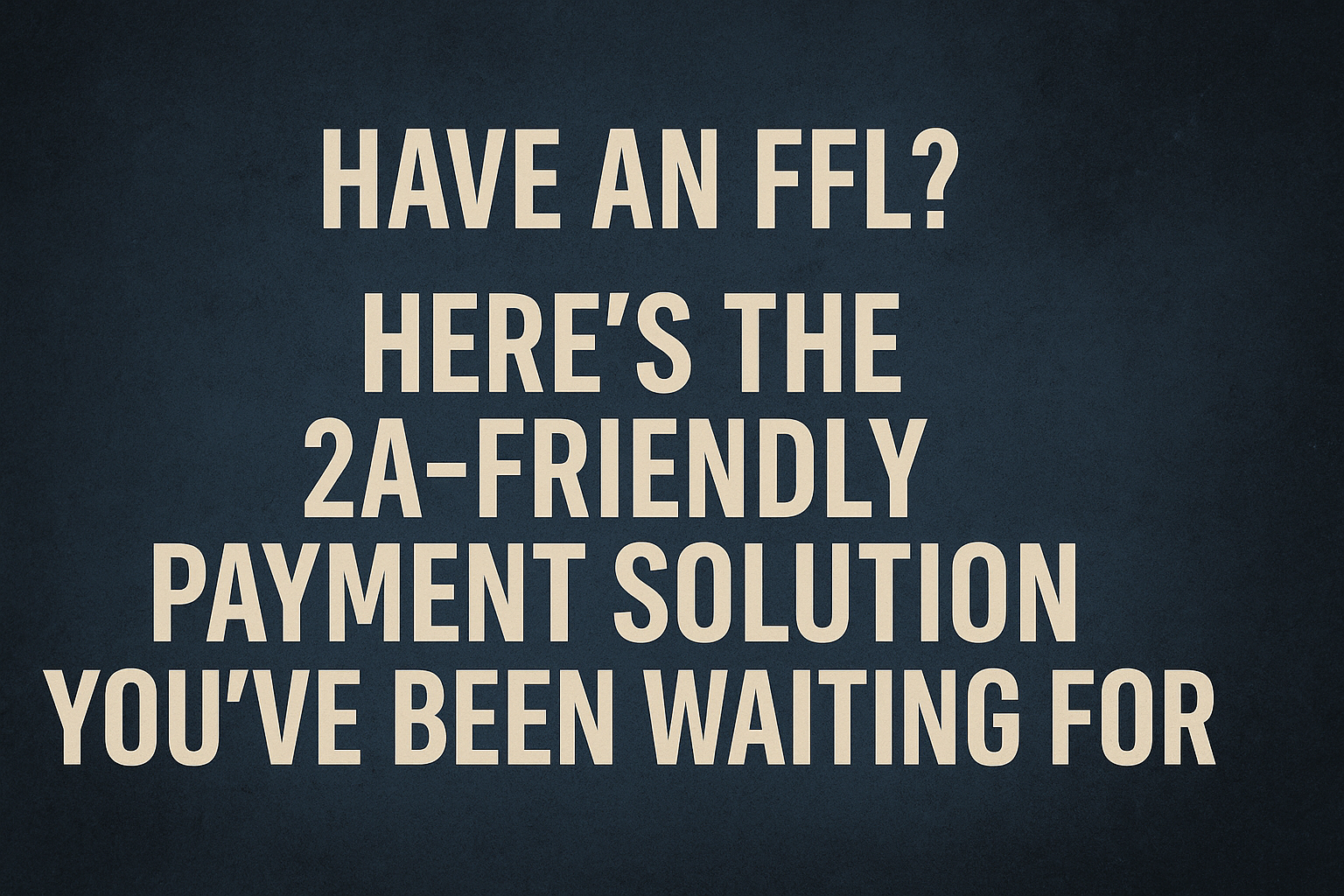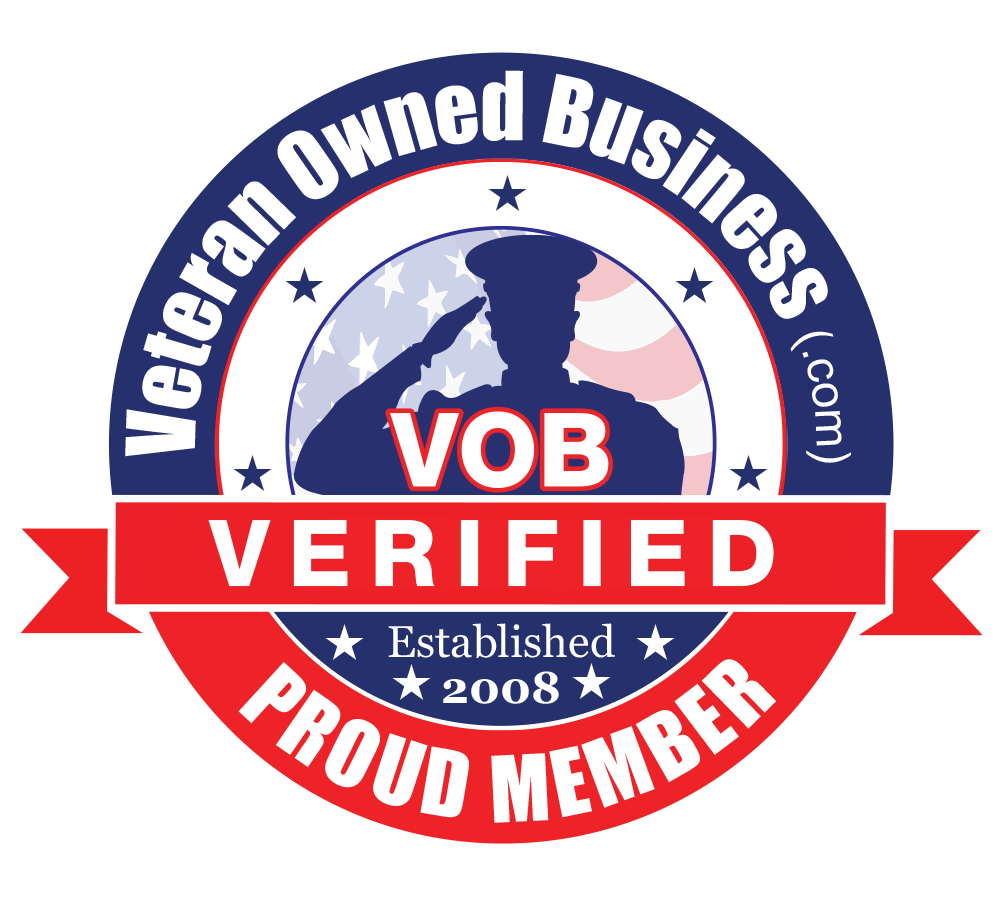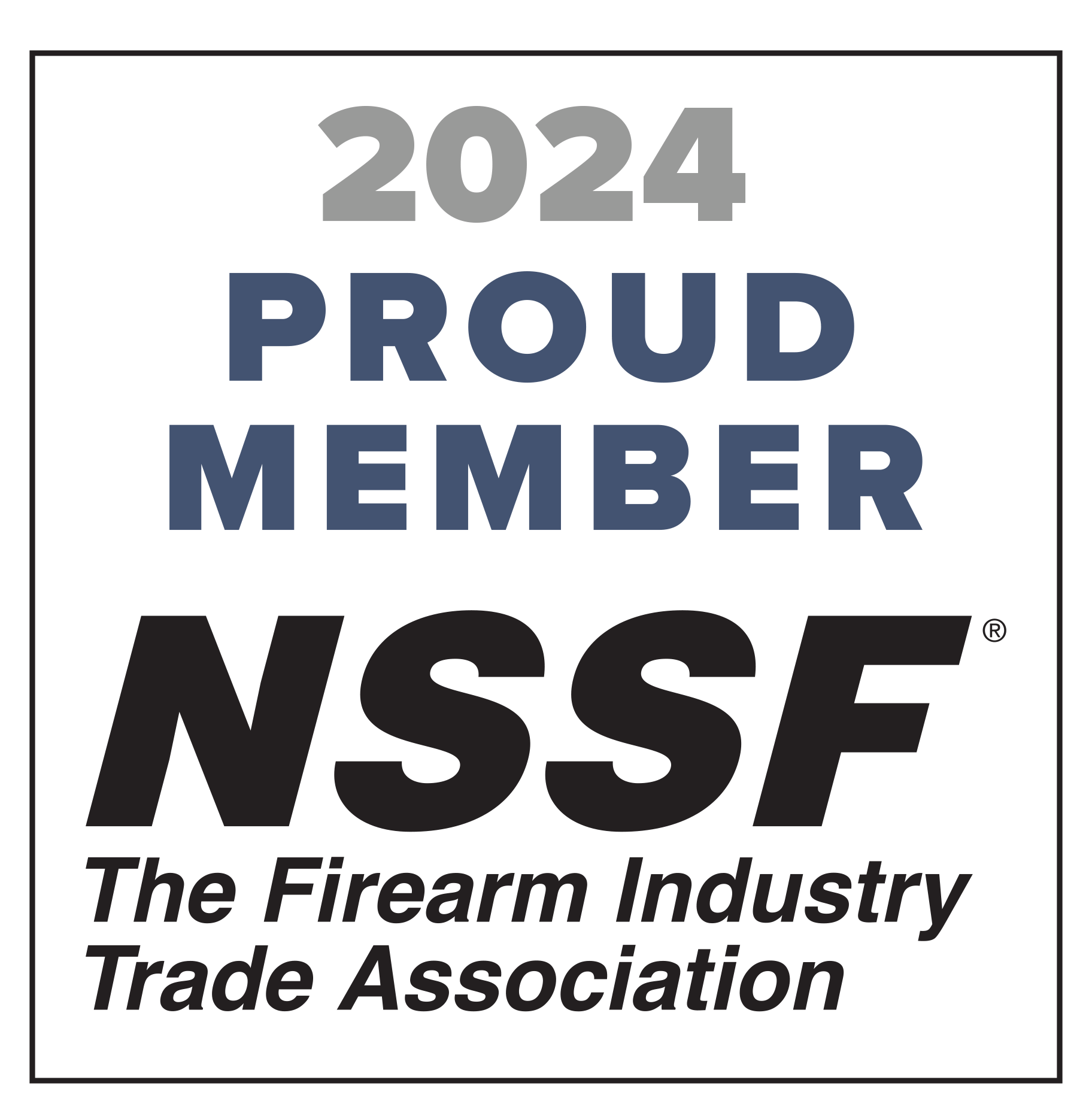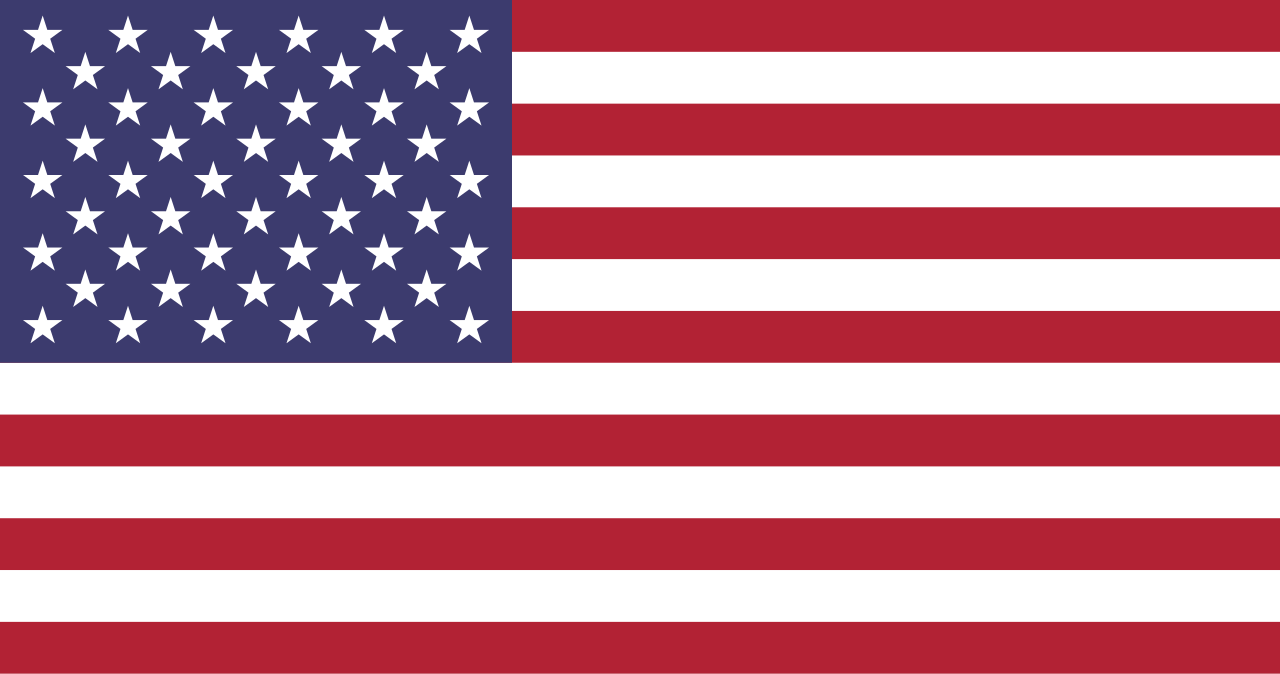Leveraging Guerrilla Marketing for Small Business Success
"Creative Strategies to Make a Big Impact on a Small Budget"

In the fast-paced and competitive world of business, especially for small enterprises, it can be tough to stand out. Traditional marketing methods—advertisements, print media, and commercials—can often be costly and may not deliver the returns you’re looking for. That’s where guerrilla marketing comes in.
Guerrilla marketing is a creative, low-cost strategy designed to capture attention in unconventional ways. It’s about making a big impact with a small budget. For small businesses, this type of marketing can be a powerful tool to build brand awareness, drive traffic, and create lasting impressions on your target audience. Here's how you can leverage guerrilla marketing for your small business, paired with real-world examples to inspire your next campaign.
1. Understand Your Audience
Guerrilla marketing works best when it resonates deeply with your audience. Start by understanding their preferences, habits, and pain points. The more you know about them, the more targeted and impactful your efforts can be.
- Example 1: A yoga studio placed free yoga mats on busy commuter benches in urban areas with a note that said, “Feeling stressed? Find your zen with us.” This targeted busy professionals looking for relaxation.
- Example 2: A dog grooming service left branded tennis balls at local dog parks with the message: “Fetch your way to a clean pup!” These balls appealed directly to their pet-loving audience.
- Example 3: A gun shop distributed a silicone gun cleaning cloth featuring their store logo and contact information. These were handed out at local shooting events and a good reminder of where they can go get a new pew pew, ammo, or shooting supplies at.
2. Focus on Localized Campaigns
Localized campaigns allow small businesses to connect directly with their community. By creating impactful, memorable experiences, you can make your brand a household name in your area.
- Example 1: A pizza shop in a college town placed giant, inflatable pizza slices near campus with “Follow me for free pizza!” Students followed the "slices" back to the store for a free slice and discounted deals.
- Example 2: A flower shop hosted a “pay-it-forward bouquet” day, placing bouquets in public spaces with a card encouraging recipients to take one and share a photo on social media.
- Example 3: A local brewery created a scavenger hunt where participants could find hidden branded bottle caps throughout the town, redeemable for free drinks.
3. Create Attention-Grabbing Visuals
Clever visuals make people stop, look, and share. The goal is to create something so unique that people can’t help but take notice—and spread the word.
- Example 1: A car wash painted large puddle designs around drains, with the words, “When your car splashes, visit [Car Wash Name].”
- Example 2: A small gym wrapped a bus stop bench with gym equipment images and a sign that said, “You’re already sitting, might as well work out!”
- Example 3: A juice bar used sidewalk chalk to draw fruit spilling from their doorway, directing people inside for a free sample.
4. Engage with Social Media
Social media amplifies guerrilla campaigns beyond your local area. Viral content can turn a small, creative effort into a nationwide sensation.
- Example 1: A bakery created a time-lapse video of a giant cake being assembled in the town square and shared it online. Followers who visited the shop and mentioned the video got a free cupcake.
- Example 2: A barbershop hosted a “Crazy Hair Challenge” on Instagram, encouraging customers to share photos of their wildest hairstyles with a branded hashtag.
- Example 3: A stationery store ran a TikTok challenge where people created the most elaborate doodles using only their branded pens, rewarding winners with gift cards.
5. Create Unexpected Experiences
Surprise and delight your audience with memorable, positive experiences. These moments create lasting impressions and encourage word-of-mouth marketing.
- Example 1: A cupcake shop handed out free mini cupcakes to customers waiting in line for a local event, creating a buzz about their generosity.
- Example 2: A bike repair shop set up a “pop-up repair station” during a weekend park event, fixing minor bike issues for free and handing out branded repair kits.
- Example 3: A coffee shop hosted a surprise “pay-it-forward day,” randomly paying for customers’ drinks and encouraging them to do the same.
6. Collaborate with Other Local Businesses
Partnering with other small businesses allows you to pool resources, reach a wider audience, and create a sense of community.
- Example 1: A bookstore partnered with a nearby coffee shop for “Books and Brews,” offering a free coffee with every book purchased.
- Example 2: A local gym and a health food store created a joint “Get Fit Challenge,” rewarding participants who worked out and bought healthy meals with discounts.
- Example 3: A boutique clothing store and a hair salon collaborated on a “Makeover Weekend,” offering customers exclusive discounts for visiting both locations.
7. Use Humor and Creativity
Humor grabs attention and creates a lasting impression. A witty or unexpected approach can make your campaign more memorable.
- Example 1: A dental clinic placed oversized toothbrush sculptures around town with the slogan, “Have you brushed today? We can help!”
- Example 2: A moving company decorated their trucks with quirky slogans like, “This is how we roll!” and parked them in high-traffic areas for free advertising.
- Example 3: A burger joint labeled cracks on the sidewalk with tongue-in-cheek stickers saying, “Even our burgers are cracking up!” with an arrow pointing to their location.
8. Track Your Results
Even unconventional campaigns should be measured for success. Tracking allows you to learn from your efforts and refine future campaigns.
- Example 1: A pet store tracked social media engagement and in-store visits after their guerrilla marketing stunt of leaving free branded dog bowls in parks.
- Example 2: A food truck measured sales increases during a week-long “follow-the-truck” campaign, where they announced locations last-minute on Instagram.
- Example 3: A boutique kept a tally of customers who mentioned a sidewalk chalk ad they’d placed with a discount code, comparing it to foot traffic from previous weeks.
Conclusion
Guerrilla marketing is an effective, cost-efficient way for small businesses to make a big impact. By thinking creatively, engaging with your local community, and utilizing social media, you can create memorable experiences that resonate with your audience and build your brand presence. Small businesses have the advantage of agility and creativity—use it to your advantage and watch your brand rise above the noise!
Your next big marketing campaign doesn’t need a big budget—just a big idea. Take inspiration from these examples and see how guerrilla marketing can transform your business’s visibility and success.
